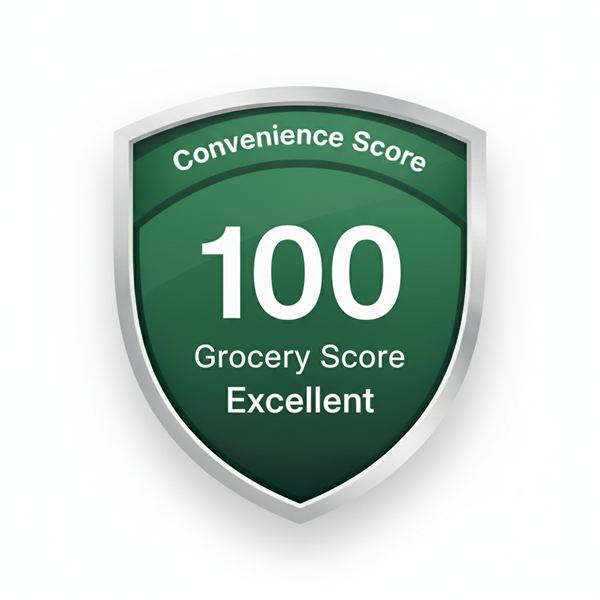Data Sources & Hygiene
We start with category lookups using Geoapify's Places API for comprehensive coverage, then supplement with Google Places API for specific major chains when needed. This hybrid approach provides both broad coverage and precise chain matching.
Our data pipeline includes address normalization, duplicate detection, and distance calculations using the Haversine formula for accuracy within neighborhood-scale searches.
Dense-Metro Detection & Coverage Thresholds
In dense metropolitan areas, we expand search categories and apply intelligent stopping rules once preferred-chain coverage thresholds are met. This prevents over-fetching in areas with abundant options while ensuring comprehensive coverage in suburban and rural areas.
The system automatically detects dense metros based on initial search results and adjusts search parameters accordingly, optimizing both speed and coverage.
Distance Thresholds & Scoring
Per category, we apply radius-based thresholds that reflect real-world convenience:
- Grocery:0-2 miles (Excellent), 2-5 miles (Good), 5-10 miles (Moderate), 10+ miles (Poor)
- Pharmacy:0-3 miles (Excellent), 3-7 miles (Good), 7-15 miles (Moderate), 15+ miles (Poor)
- Hardware:0-5 miles (Excellent), 5-12 miles (Good), 12-25 miles (Moderate), 25+ miles (Poor)
- Warehouse Clubs:0-8 miles (Excellent), 8-20 miles (Good), 20-35 miles (Moderate), 35+ miles (Poor)
Coverage Quality Assessment
Beyond distance, we evaluate the practical value of nearby stores. Major chains in each category receive priority weighting, while local and regional stores contribute to overall coverage scores.
Our store preference system recognizes that different locations may prioritize different chains, allowing users to customize rankings while maintaining objective distance calculations.
Limitations & Known Edge Cases
- Sparse rural areas:May show limited options where stores are genuinely distant
- Recently opened/closed stores:Data refresh cycles may lag real-world changes
- Specialized needs:Focuses on general convenience, not specialized requirements
- Seasonal variations:Does not account for seasonal business closures or hours
Continuous Improvement
We regularly review and refine our methodology based on user feedback and data quality assessments. Our goal is to provide the most accurate and practical convenience assessment for real-world decision-making.
